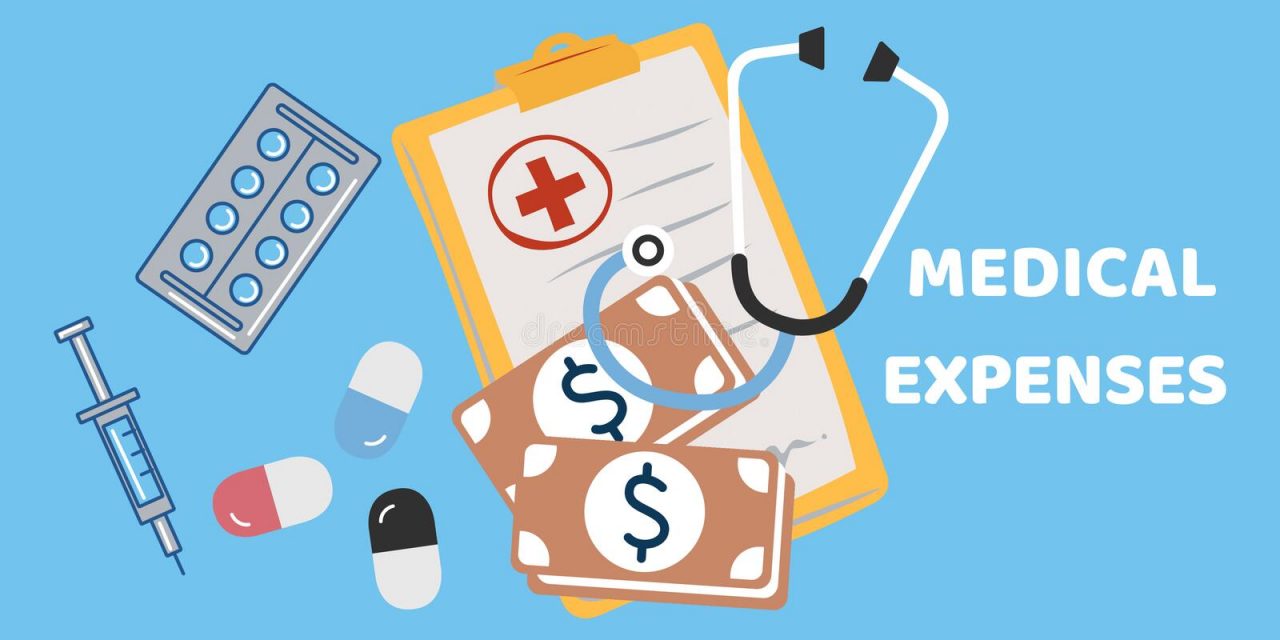Most Canadians don’t turn their attention to their taxes until sometime around the end of March or the beginning of April, in time to complete the return for 2023 ahead of the April 30, 2024 filing deadline.
medical expenses Archives - Akler Browning LLP
It is an axiom of tax planning that the best year-end tax planning begins on January 1.
The Canadian tax system provides individual taxpayers with a tax credit for out-of-pocket medical and para-medical expenses incurred during the year.
While Canadians benefit from a publicly funded health care system, there are nonetheless a large, and increasing, number of medical expenses which are not covered by provincial health care plans. As well, with the rise in part-time positions and contract work — the “gig” economy — an increasing number of Canadians do not enjoy coverage for such costs through employer-sponsored private insurance. In those situations, Canadians have to pay for such unavoidable expenditures, including dental care, prescription drugs, ambulance trips, and many other para-medical services, like physiotherapy, on an out-of-pocket basis.
Canadians are fortunate to benefit from a publicly funded health care system, in which most costs of care ranging from routine visits to a family doctor to intensive care in a hospital setting are paid for by government-sponsored health insurance.


